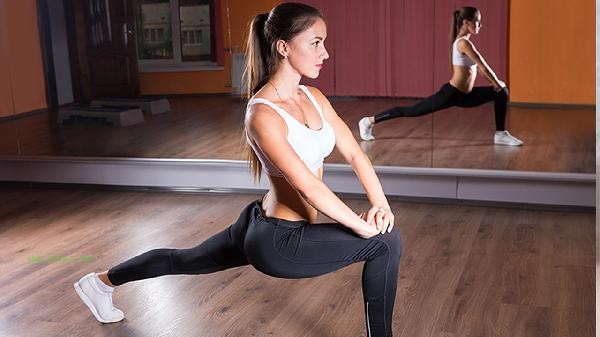The main methods of scientific fitness include progressive training, diversified exercise combinations, strength training, aerobic exercise, flexibility exercises, core muscle group strengthening, interval training, functional training, post exercise stretching, adequate rest, reasonable diet coordination, and regular evaluation and adjustment.

1. Gradual Training
In the early stages, low-intensity exercise should be started, and the duration and intensity of exercise should be gradually increased according to the body's adaptability. To avoid sudden high-intensity training that may cause muscle strains or joint injuries, it is recommended to add no more than 10% per week. Progress can be tracked by recording motion data.
2. Diversified exercise combinations
Combining aerobic exercises such as running, swimming, and cycling with strength training such as squats and push ups can not only improve cardiovascular function but also enhance muscle endurance. Alternating different types of exercise can reduce the risk of fatigue caused by a single exercise, while maintaining the fun of the exercise.
3. Strength Training
Conduct 2-3 weight training sessions per week, with a focus on exercising major muscle groups such as the legs, back, and chest. Use dumbbells, elastic bands, or self weight training, with 8-12 movements per group. Strength training can increase basal metabolic rate and contribute to long-term body fat management.
4. Aerobic exercise
Choose moderate intensity aerobic exercises such as brisk walking and skipping rope, accumulating more than 150 minutes per week. Maintaining heart rate between 60% and 80% of maximum heart rate during exercise can effectively improve cardiovascular health and promote fat metabolism.
5. Flexibility Exercise
Perform dynamic and static stretching before and after exercise, with a focus on areas that are prone to tension such as the shoulders, neck, waist, and lower limbs. Yoga or Pilates can significantly improve joint mobility and reduce the probability of sports injuries. It is recommended to schedule 2-3 specialized flexibility exercises per week.
6. Core muscle group strengthening
exercises the deep abdominal and lumbar muscles through movements such as plank support and abdominal rolling, enhancing trunk stability. A strong core muscle group can improve athletic performance and prevent lumbar muscle strain. Three sets of 30 second core training can be performed daily.

7. Interval training
adopts a pattern of alternating high and low intensity, such as a 30 second sprint run followed by a 1-minute slow walk cycle. This training method can achieve better fat burning effects in a shorter period of time, suitable for time limited exercisers, and can be scheduled 1-2 times a week.
8. Functional Training
Simulate daily movements such as lifting and turning to design training plans, using tools such as kettlebells and battle ropes. This type of training can improve physical coordination and daily exercise ability, especially suitable for middle-aged and elderly people to prevent falls.
9. Post exercise stretching
After the training, perform 15-20 minutes of systematic stretching, focusing on relaxing the muscle groups involved in the exercise. Fully stretching can relieve muscle soreness, promote blood circulation, and help the body recover to a calm state faster.
10. Adequate rest
After training the large muscle group, it is necessary to ensure a 48 hour recovery period and avoid continuous high-intensity training. 7-8 hours of high-quality sleep per day can help with muscle repair and growth hormone secretion, and low-intensity activities such as walking can be arranged on rest days.
11. Reasonable diet combination
Within 30 minutes after exercise, supplement carbohydrates and protein, such as bananas with yogurt. Pay attention to a balanced intake of high-quality protein, complex carbohydrates, and healthy fats in daily diet, and avoid exercising on an empty or full stomach.
12. Regular evaluation and adjustment
Evaluate the training effect monthly through indicators such as body fat percentage and circumference, and adjust the plan based on body feedback. When encountering the platform period, you can change the exercise mode or intensity, and if necessary, consult a professional coach to develop personalized plans.

Scientific fitness requires long-term adherence and establishment of regular exercise habits, which can be gradually adapted from 3 times a week, each lasting 30 minutes. Warm up and relax before and after exercise, choose breathable and comfortable equipment, and pay attention to replenishing moisture. If there is continuous pain or discomfort during the training process, immediately stop and seek medical examination in a timely manner. Only by integrating fitness plans with work and life can sustainable health management goals be achieved.






Comments (0)
Leave a Comment
No comments yet
Be the first to share your thoughts!